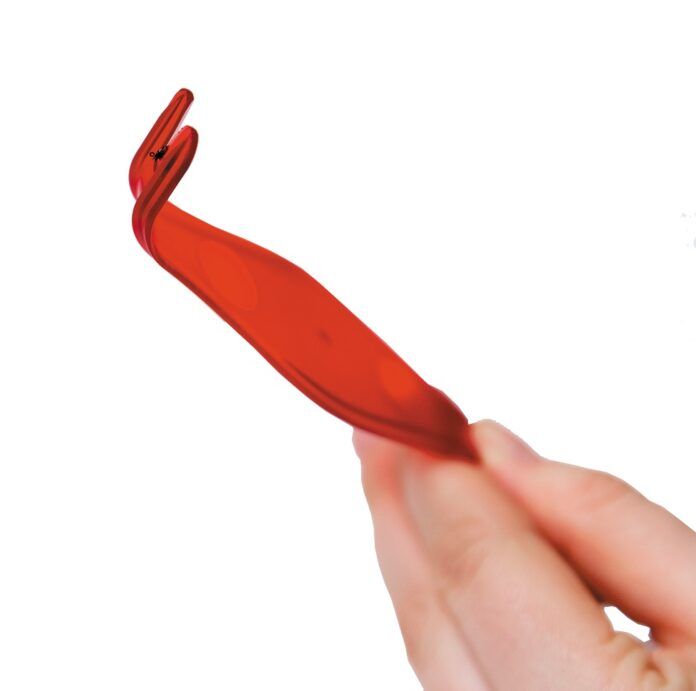As the weather warms, ticks flourish. And any cat who has access to the outdoors, perhaps because he uses a catio or because you walk him, can be bitten by one. It needs to be removed, as ticks can transmit disease to your pet. Even cats who get tick preventatives should have any ticks removed.
You can use fine-tipped tweezers, but research suggests that a small fork-like device with a “slit and rotation” mechanism (available at pet supply stores) works best. It’s easy to grab, works quickly, and has less risk of leaving the tick’s mouth parts in your cat’s coat — a problem that can occur with other devices and lead to infection even if the rest of the tick is removed.
You simply place the slit in the device around the head of the tick (think of placing two tongs of a fork around the tick head), twist (in either direction), and lift the tick straight up and out.
Be sure to clean the bite site using salt water. Crush the tick in tissue paper (so its fluids can’t touch your skin), and flush it down the toilet.




